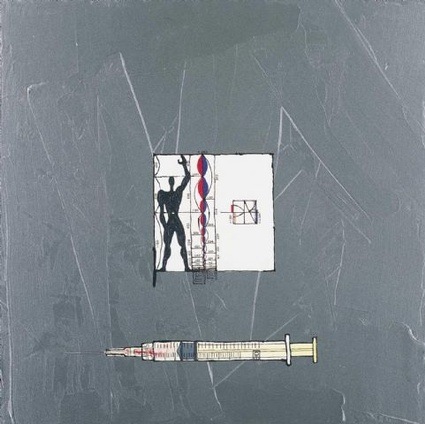 Tom Sachs, Untitled (Modular Man with Syringe), 2001
Tom Sachs, Untitled (Modular Man with Syringe), 2001
After the Arsenale, let’s move to the Palazzo delle Esposizioni to explore the rest of the Biennale exhibition. As i mentioned yesterday, Kazuyo Sejima, this year’s Director, has invited some of the biggest names in the contemporary art world to participate to the Venice show.
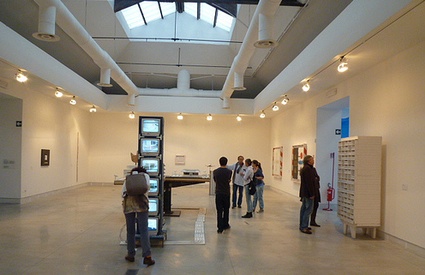 View of the exhibition room
View of the exhibition room
Tom Sachs, who made a career revisiting contemporary icons such as Prada and the atomic bomb, has been given a large room to exhibit his take on the work and legacy of Le Corbusier.
The most recognizable piece is his handmade version of the landmark of modernism that is the Unité d’Habitation. Le Corbusier had conceived this massive housing block as a universal housing solution for cities that were facing a severe postwar housing shortage. The architect had planned to erect hundreds of Unités all over Europe. Each of them would have accommodated 1000 to 1200 people. 4 bastardized versions of his Unités were completed in Rezé near Nantes, Berlin, Briey and Firminy. Only the Cité Radieuse (radiant city) in Marseille was built exactly according to his designs.
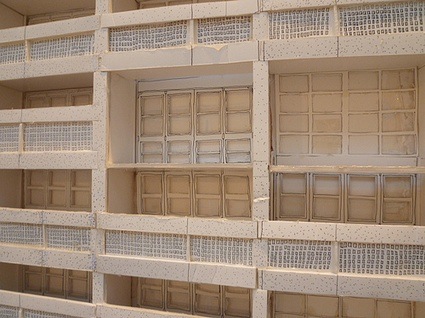 Tom Sachs, Unité (detail)
Tom Sachs, Unité (detail)
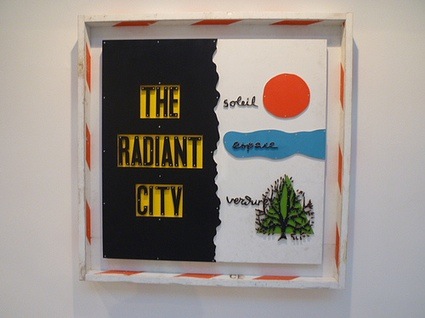 Tom Sachs, The Radiant City, 2010
Tom Sachs, The Radiant City, 2010
The construction was so innovative for the time that people in Marseille called the Cité Radieuse La Maison du Fada (French – Provençal, “The House of the Mad”). Corbusier’s work is equally admired as it is reviled. According to Corbusier’s detractors, the public housing projects inspired by his theories have had the effect of isolating poor communities in soulless high-rises and severing the social ties necessary to a community’s development.
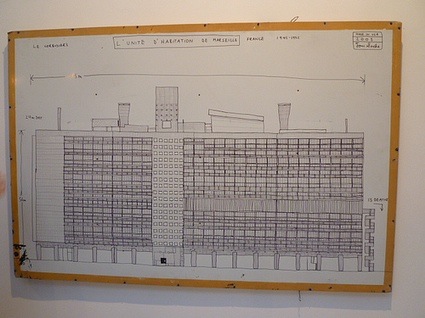 Tom Sachs’s drawing of the Unité d’Habitation
Tom Sachs’s drawing of the Unité d’Habitation
Sach’s handmade Unité is part of a complex body of sculptural, mechanical, and video works. One of them is McBusier, a sculpture that brings together Le Corbusier’s Villa Savoye (1928-31) and a McDonalds drive-in; each of them is monitored by security cameras and connected by a racetrack.
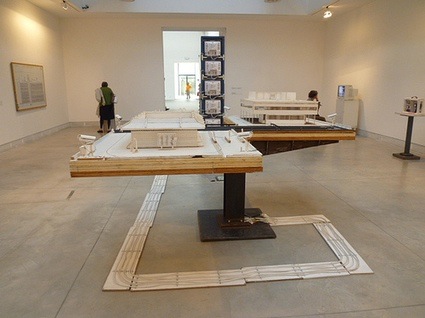 Tom Sachs, McBusier, 2002
Tom Sachs, McBusier, 2002
The meeting between the two buildings is less heretic than it might look at first sight. Villa Savoye is the first significant residential building to incorporate the automobile in its architecture. The approach towards the house was best experienced when arriving by car (via) and the driver could even park his vehicle under the pilotis.
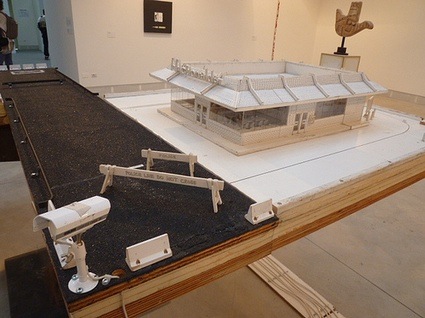 Tom Sachs, McBusier, 2002 (detail)
Tom Sachs, McBusier, 2002 (detail)
Talking about Villa Savoye and the drive-in, the artist explained: “The first represents a kind of ideal, but failed, modernism, the second the more successful, but greedy and corrupt, consumer version.”
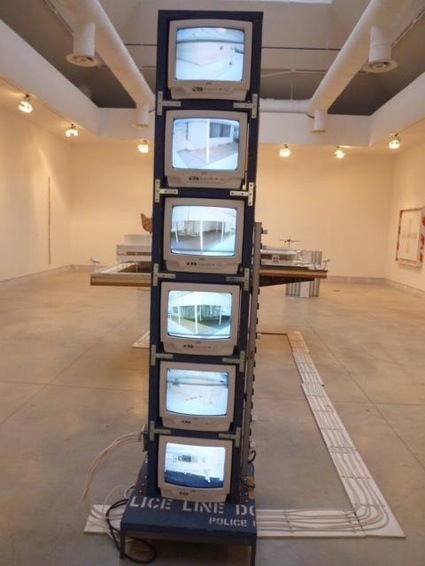
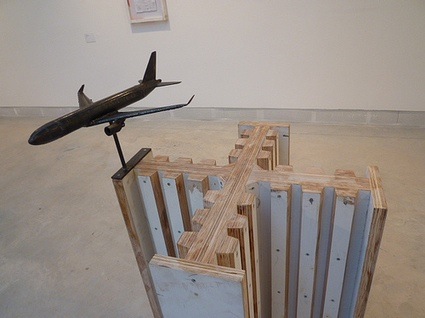 Tom Sachs, The Radiant City, 2010
Tom Sachs, The Radiant City, 2010
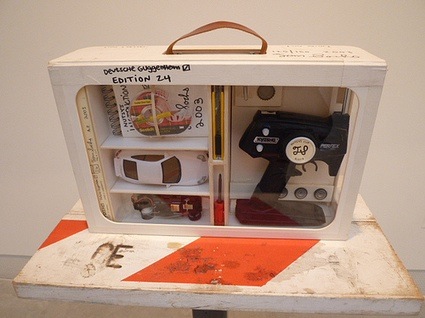 Tom Sachs, Nutsy’s Deluxe Racing Set, 2003
Tom Sachs, Nutsy’s Deluxe Racing Set, 2003
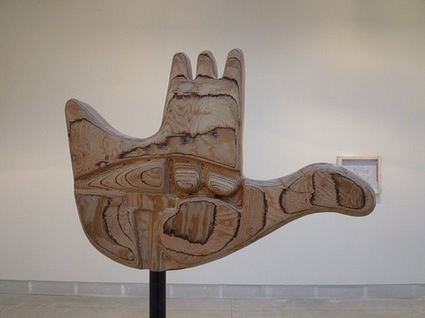 Tom Sachs, The Open Hand Monument
Tom Sachs, The Open Hand Monument
Image on the homepage by designboom.
More Tom Sachs: Tom Sachs at Sperone Westwater, Artissima (intro), Sony Outsider (Gajin) and Tom Sachs in Milan.
